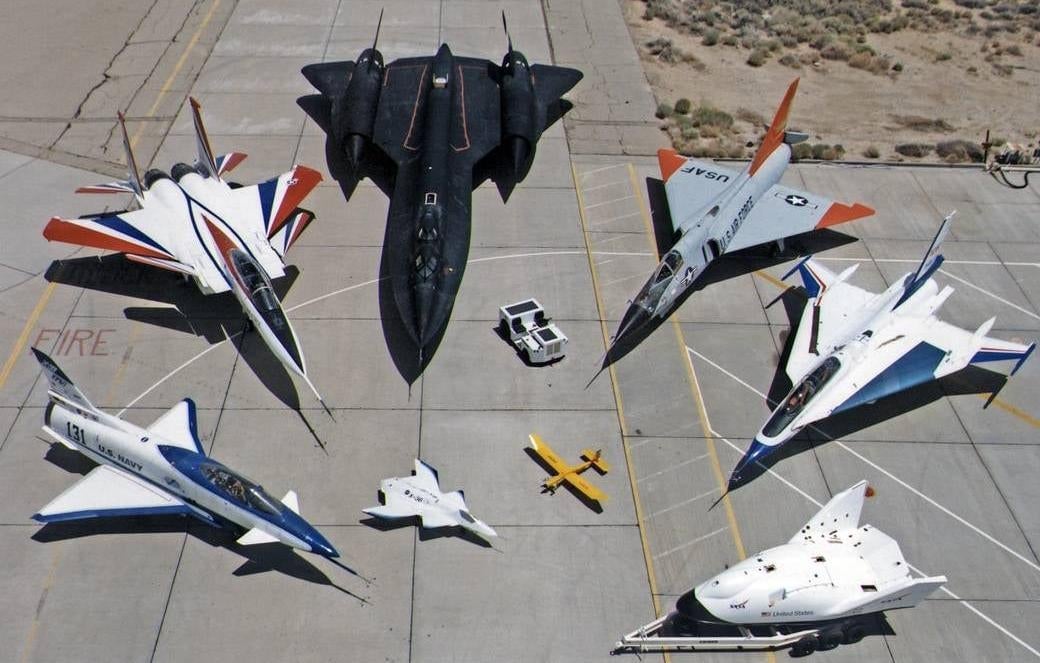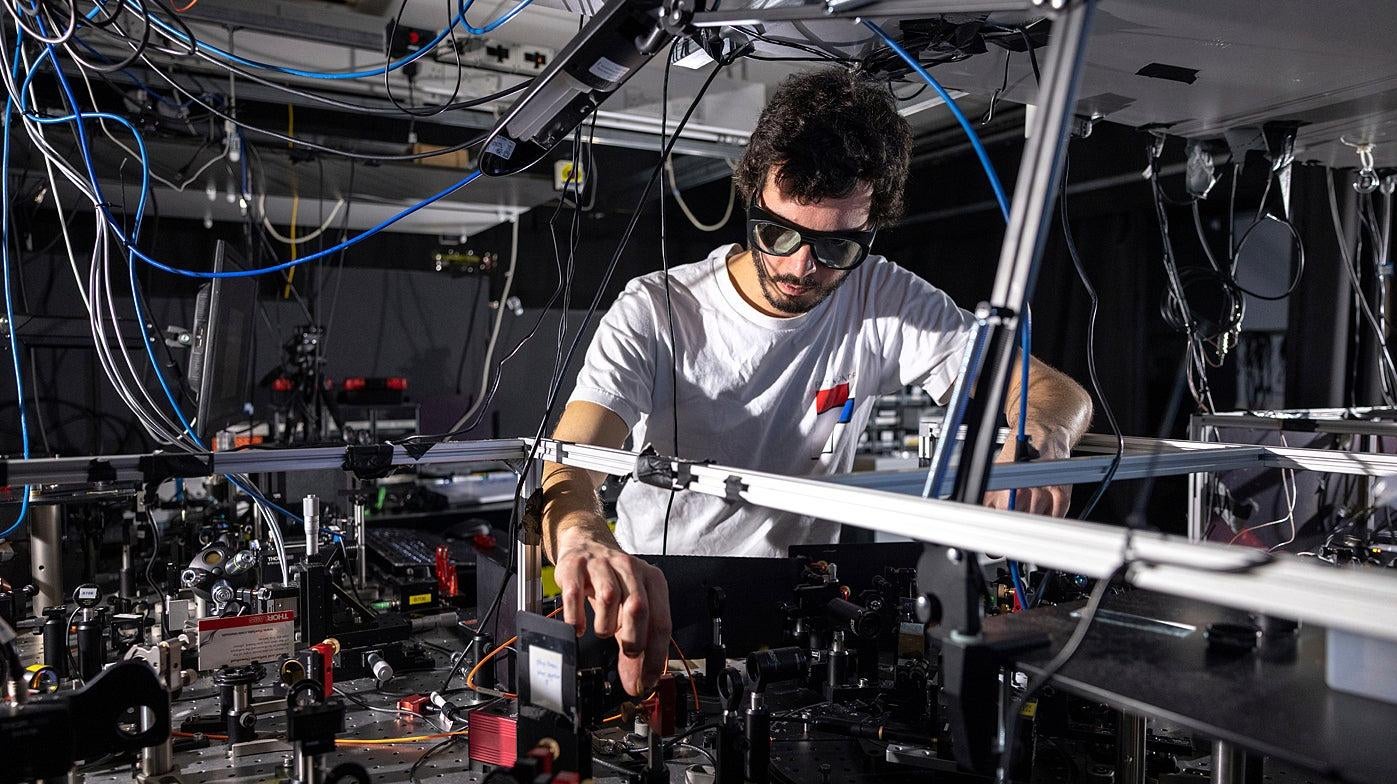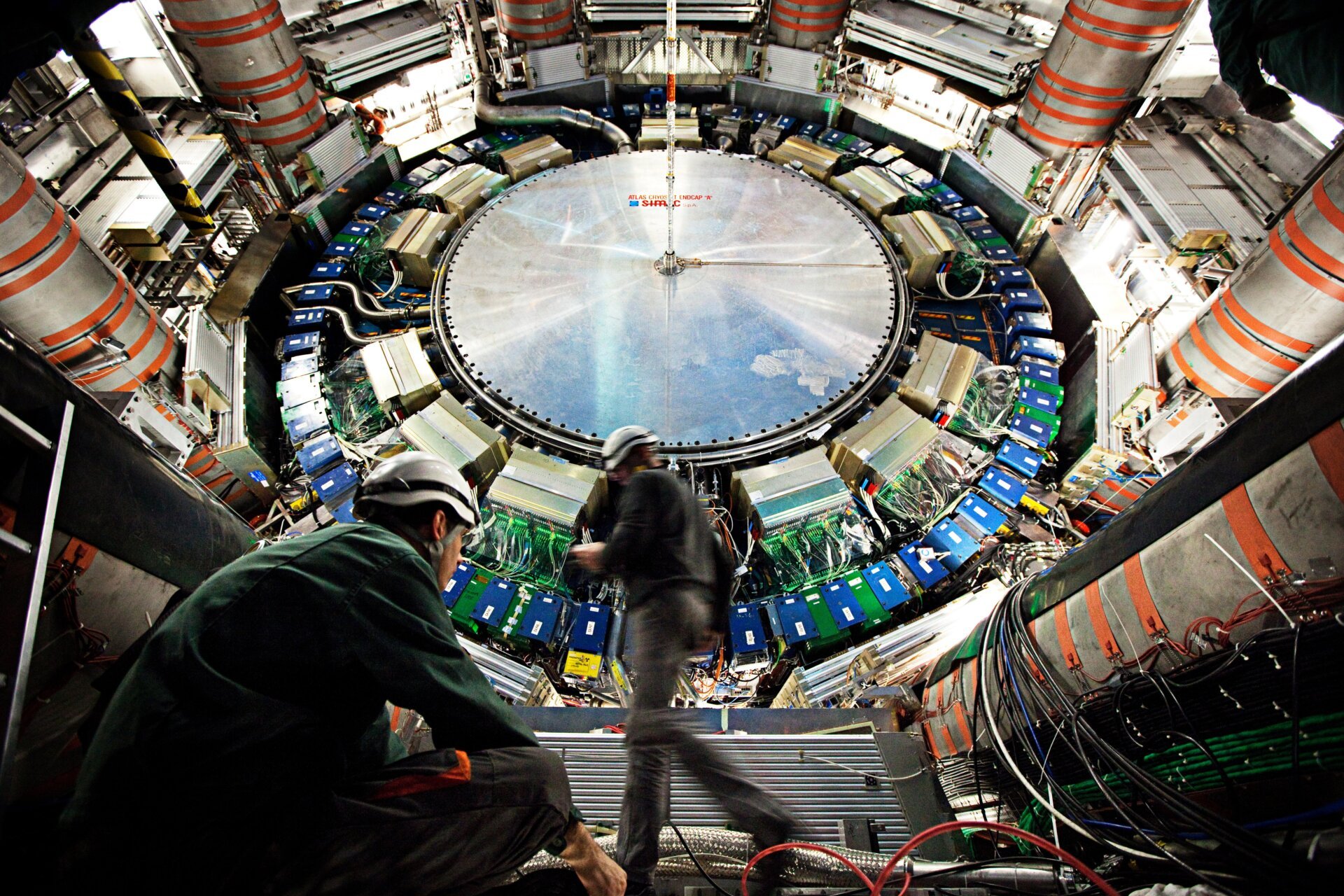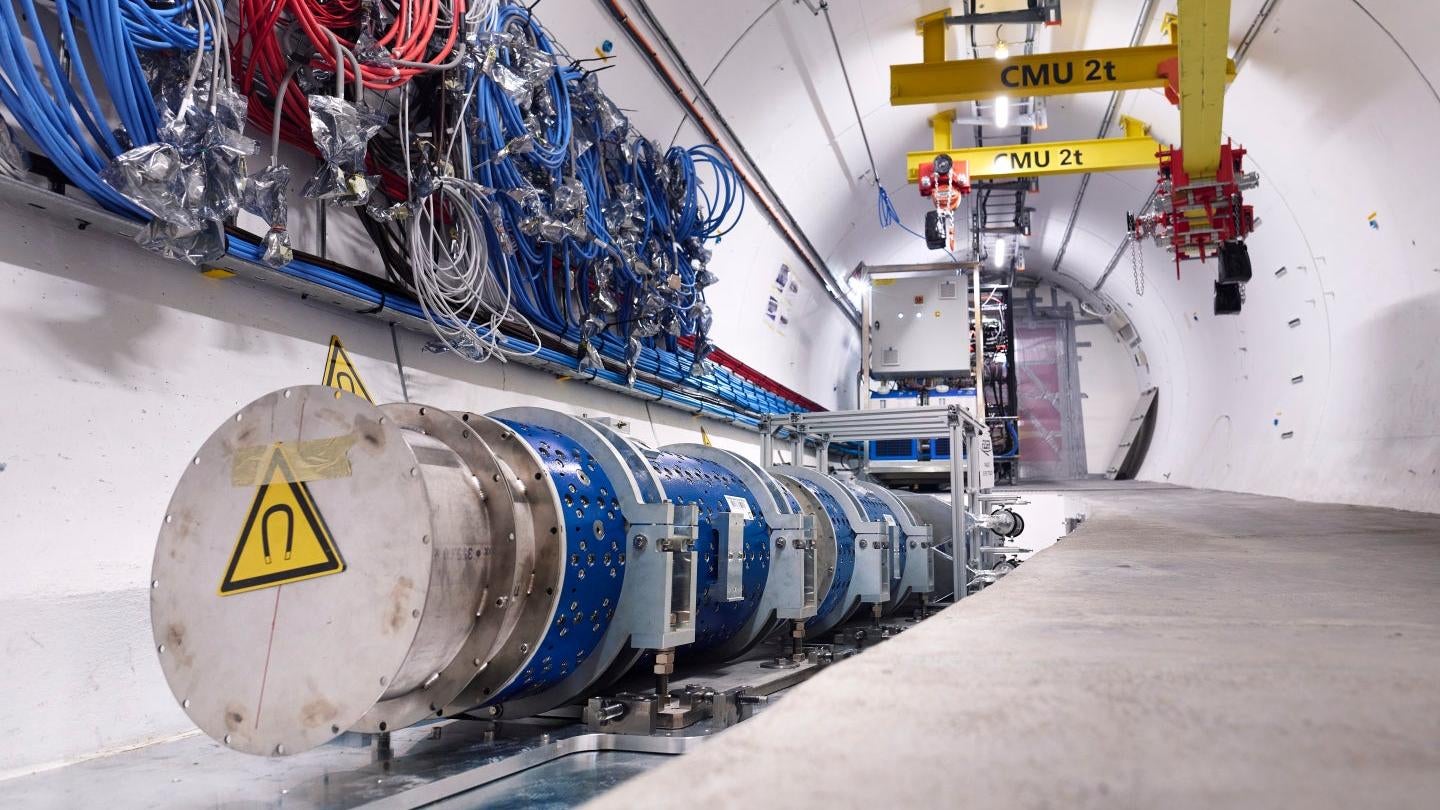X-planes, experimental aircraft developed for organizations like NASA, DARPA, and the U.S. military, have consistently pushed the limits of aviation. From breaking the sound barrier with the X-1 in the 1940s to exploring unconventional designs, these aircraft represent groundbreaking innovations. This exploration delves into some of the more unusual X-planes, showcasing the unconventional approaches taken to achieve new milestones in flight.
The Lifting Body: X-24B
The X-24B, a distinct lifting body design, aimed to investigate the feasibility of unpowered re-entry from space. Resembling a flattened wedge more than a traditional aircraft, the X-24B’s shape generated lift from its fuselage rather than wings. This design was crucial for testing controlled descents from orbit, paving the way for the Space Shuttle program.
The “Flying Bathtub”: M2-F1
Nicknamed the “flying bathtub,” the M2-F1 was a low-cost, unpowered lifting body designed to test the handling qualities of this unique configuration. Constructed from plywood and fiberglass, its simple design allowed for efficient experimentation with landing approaches and flight characteristics at low speeds. The M2-F1 provided valuable insights for subsequent lifting body projects like the X-24B.
The Wingless Wonder: HL-10
The HL-10, another lifting body design, explored higher-speed flight characteristics than its predecessors. Its delta-shaped fuselage generated lift, allowing for extensive research into supersonic flight and maneuverability during atmospheric re-entry. Data gathered from the HL-10 significantly contributed to the development of the Space Shuttle’s aerodynamic design.
Vertically Taking Off: XV-15
The XV-15 represented a significant advancement in vertical takeoff and landing (VTOL) technology. Its tiltrotor design, featuring large rotors that could rotate from a vertical to horizontal position, enabled both helicopter-like vertical takeoff and airplane-like efficient forward flight. This innovative approach laid the foundation for the V-22 Osprey, a tiltrotor aircraft currently used by the U.S. military.
Beyond Conventional Designs
These X-planes demonstrate the diverse and often unusual approaches taken to explore the frontiers of flight. From lifting bodies to tiltrotors, these experimental aircraft have provided invaluable data and experience, shaping the future of aviation and space exploration. Their unconventional designs highlight the ingenuity and dedication required to push the boundaries of what is possible in the air.











